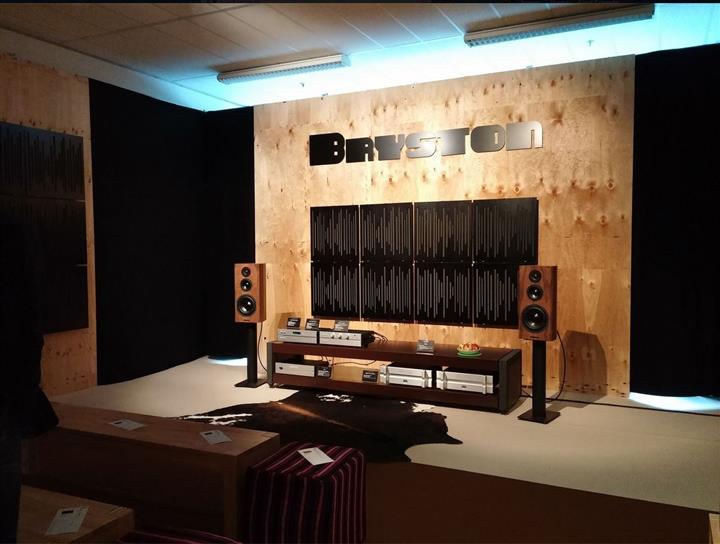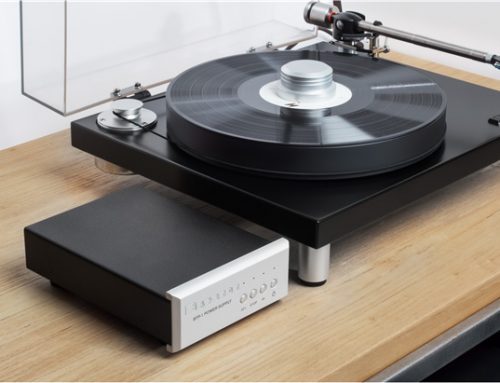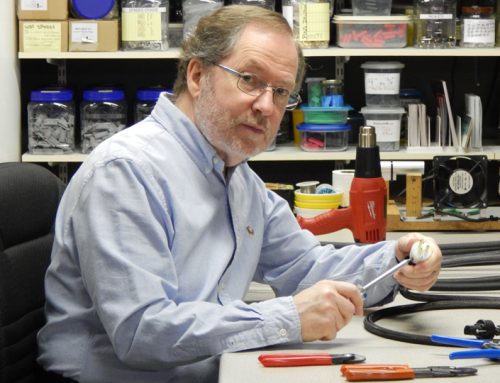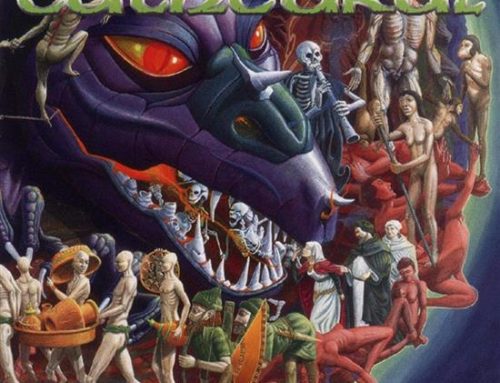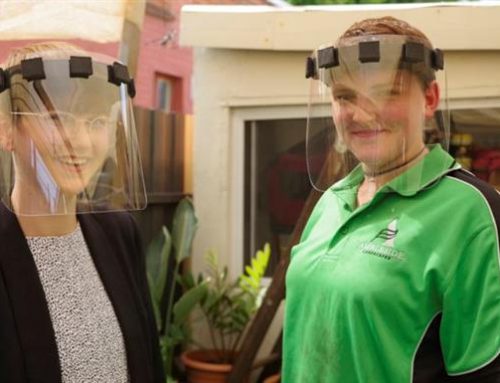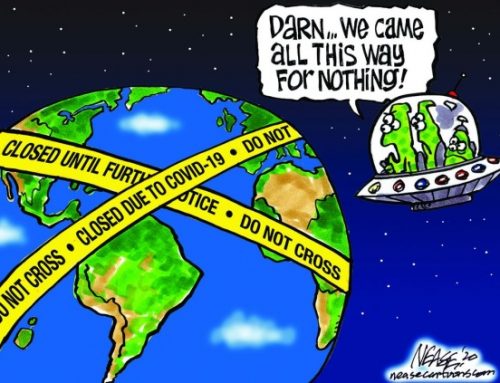DSB: “Just like the entire idea of stereo… right?”
JT: “Yes… that’s what stereo is. If you listen to mono and then listen to stereo, there’s a far greater sense of space and openness with stereo, because you’ve got that extra energy. In the early days, people were sucked in by the technology. Acoustic panels looked pretty. It was the jewellery factor. A lot of companies will try to make a speaker look better by adding all sorts of variations into its shape and appearance. But none of that ‘jewellery’ improves the sound quality. And that’s why Bryston’s speakers cost what they cost.”
DSB: “Why… because a lot of what’s going into speakers isn’t necessary?”
JT: “I could make speakers out of solid granite. I could make them look flowery and shapely. I could fabricate speakers with cabinets that resemble the shape of a 7 foot tall sunflower plant; but the materials cost and manufacturing costs would increase the product’s retail price by 10 or 15 times.”
DSB: “That would be… eccentric; to say the least.”
JT: “But the key question is: would such a wildly exotic flower-shaped cabinet improve the sound in any meaningful way?”
DSB: “Probably not.”
JT: “From research we’ve done, definitely not. It’s just cosmetics. It’s just jewellery.”
DSB: “Tell me a bit about Bryston’s relationship with Axiom.”
JT: “It was serendipity. They (Axiom) don’t sell in retail stores. We (Bryston) do. They sell direct. Bryston doesn’t. So you’re never going to have a customer walk into a store and see an Axiom and a Bryston speaker in the same location.”
DSB: “So… Axiom has no retail representation? They only sell direct?”
JT: “Yes. They sell direct on-line; that’s it. The problem I had when we first started was that people were saying: ‘Ohhh… it’s just an Axiom speaker with Bryston’s name on it.’ ”
DSB: “But it’s not?”
JT: “Nope. We developed a partnership with Axiom. We’re developing new products between the two of us.”
DSB: “So partnering-up with Axiom enabled Bryston to sidestep all of the monstrous initial capitalization costs?”
JT: “Yep. If we’d tried to build loudspeakers without Axiom’s resources, it would’ve quadrupled the retail price for all of them. ‘Cause you’ve got to get your capital expense back; you’ve gotta get it back within 5 years. Otherwise, the investment guys will just tell you to get lost. Plus, it’s a very volatile industry. The last thing people want is another damn loudspeaker.”
DSB: “I think what audiophiles truly do want is a speaker with a $20,000 level sound quality; but with a $5,000 price tag.”
JT: “Sometimes, though, having a low price tag makes audiophiles think that the speakers can’t possibly sound that good.”
DSB: “And yet, Bryston’s speakers deliver a rare musicality and cohesiveness at a sensible price. How did you achieve this?”
JT: “The cost saving is a direct result of our partnership with Axiom. Without their resources, Bryston’s speakers would cost 4 or 5 times what they do.” [Pauses].
“The cohesiveness comes from the crossover design. We use low and smooth slopes with plenty of overlap. We have very low slopes and they overlap a lot. So the woofer goes up a lot higher than you’d expect a woofer to go. The midrange drops down a lot lower. And the crossover between the mid and the tweeter also goes down a lot lower too.”
DSB: “Why did you design it that way?”
JT: “Two reasons: first, it sounds coherent. It sounds like one driver; as opposed to two, or three, or four independent drivers. And second, transient information has huge power requirements. The more surface area you have available to reproduce that transient information, the more accurately it can be created.” [Sips his coffee].
JT: “In the case of the A2, we have 2 woofers and 2 midranges reproducing transients at the 1K level. And the same thing is happening at the 5K level between the 2 midrange drivers and the 2 tweeters. By sharing the information, it allows for a far greater dynamic capability. And that’s the bottom line: move air… at low distortion. The one way to accomplish this with a smaller speaker is to share the load.”

